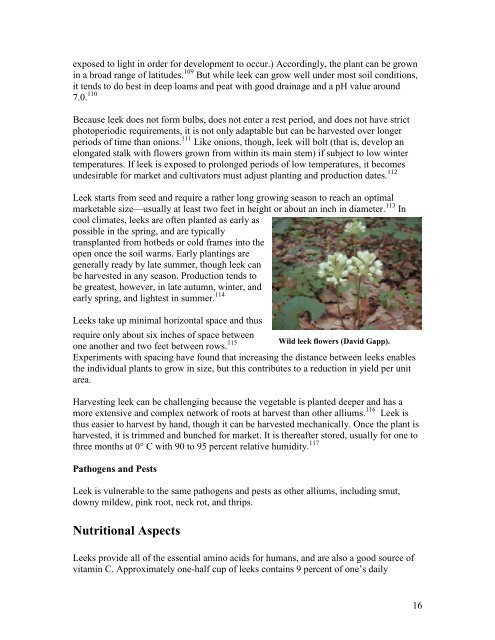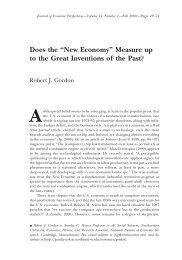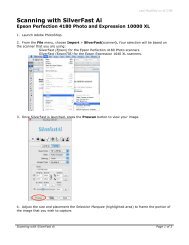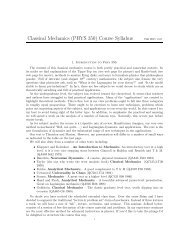Leek Scientific Classification and Etymology - Academics - Hamilton ...
Leek Scientific Classification and Etymology - Academics - Hamilton ...
Leek Scientific Classification and Etymology - Academics - Hamilton ...
You also want an ePaper? Increase the reach of your titles
YUMPU automatically turns print PDFs into web optimized ePapers that Google loves.
exposed to light in order for development to occur.) Accordingly, the plant can be grown<br />
in a broad range of latitudes. 109 But while leek can grow well under most soil conditions,<br />
it tends to do best in deep loams <strong>and</strong> peat with good drainage <strong>and</strong> a pH value around<br />
7.0. 110<br />
Because leek does not form bulbs, does not enter a rest period, <strong>and</strong> does not have strict<br />
photoperiodic requirements, it is not only adaptable but can be harvested over longer<br />
periods of time than onions. 111 Like onions, though, leek will bolt (that is, develop an<br />
elongated stalk with flowers grown from within its main stem) if subject to low winter<br />
temperatures. If leek is exposed to prolonged periods of low temperatures, it becomes<br />
undesirable for market <strong>and</strong> cultivators must adjust planting <strong>and</strong> production dates. 112<br />
<strong>Leek</strong> starts from seed <strong>and</strong> require a rather long growing season to reach an optimal<br />
marketable size—usually at least two feet in height or about an inch in diameter. 113 In<br />
cool climates, leeks are often planted as early as<br />
possible in the spring, <strong>and</strong> are typically<br />
transplanted from hotbeds or cold frames into the<br />
open once the soil warms. Early plantings are<br />
generally ready by late summer, though leek can<br />
be harvested in any season. Production tends to<br />
be greatest, however, in late autumn, winter, <strong>and</strong><br />
early spring, <strong>and</strong> lightest in summer. 114<br />
<strong>Leek</strong>s take up minimal horizontal space <strong>and</strong> thus<br />
require only about six inches of space between<br />
Wild leek flowers (David Gapp).<br />
one another <strong>and</strong> two feet between rows. 115<br />
Experiments with spacing have found that increasing the distance between leeks enables<br />
the individual plants to grow in size, but this contributes to a reduction in yield per unit<br />
area.<br />
Harvesting leek can be challenging because the vegetable is planted deeper <strong>and</strong> has a<br />
more extensive <strong>and</strong> complex network of roots at harvest than other alliums. 116 <strong>Leek</strong> is<br />
thus easier to harvest by h<strong>and</strong>, though it can be harvested mechanically. Once the plant is<br />
harvested, it is trimmed <strong>and</strong> bunched for market. It is thereafter stored, usually for one to<br />
three months at 0° C with 90 to 95 percent relative humidity. 117<br />
Pathogens <strong>and</strong> Pests<br />
<strong>Leek</strong> is vulnerable to the same pathogens <strong>and</strong> pests as other alliums, including smut,<br />
downy mildew, pink root, neck rot, <strong>and</strong> thrips.<br />
Nutritional Aspects<br />
<strong>Leek</strong>s provide all of the essential amino acids for humans, <strong>and</strong> are also a good source of<br />
vitamin C. Approximately one-half cup of leeks contains 9 percent of one’s daily<br />
16






